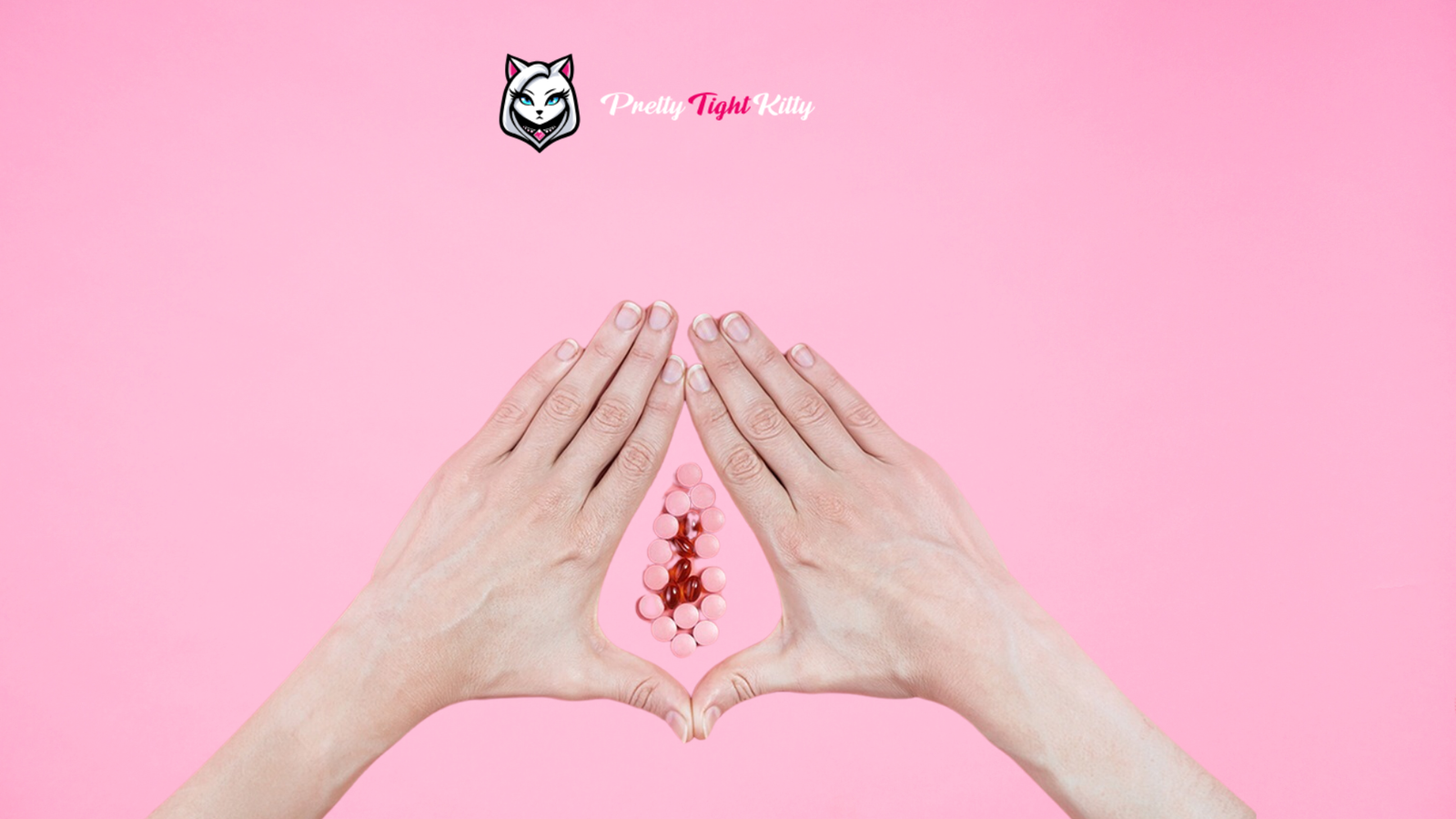
Childbirth is indeed a beautiful and natural process. However, it can have lasting effects on the structure and function of the mother’s vagina.
Some women may not notice significant changes in vaginal tightness after childbirth. But others may experience feelings of laxity that impact their sexual satisfaction and overall well-being.
Fortunately, there are various treatment options available to address vaginal laxity and restore confidence and comfort for women after childbirth. Let’s discuss in detail and find out how to tighten your vagina after childbirth.
Can Childbirth Really Make Your Vagina “Loose”?
Childbirth is a transformative experience, right? It brings about various changes to your life and body. The most significant impact it leaves is on your vagina.
During vaginal delivery, the muscles and tissues of the vagina undergo significant stretching. It’s important to accommodate the passage of the baby’s head and body. This stretching results in temporary or sometimes permanent alterations to the structure of the vaginal walls—which leads to sensations of laxity.
It’s true that the process of labor itself can also impact vaginal tightness. The act of pushing during delivery can cause fatigue and trauma to the pelvic floor muscles, which provide support to the uterus, bladder, and rectum. This trauma may result in weakened or overstretched pelvic floor muscles—which contributes to vaginal laxity.
In addition to physical stretching and trauma, hormonal changes also play a role in postpartum vaginal laxity. You must know how estrogen levels fluctuate during pregnancy and childbirth. Estrogen helps maintain the health and elasticity of vaginal tissues. However, after childbirth, estrogen levels drop. This can contribute to a decrease in vaginal tightness.
In fact, the number of vaginal births a woman experience influences the degree of vaginal laxity. With each subsequent childbirth, the muscles and tissues of the vagina undergo additional stretching and strain. This increases the likelihood of vaginal laxity even more.
So—How to Tighten Your Vagina After Childbirth?
Here’s what you can do to treat vaginal laxity and tighten your vagina after childbirth without any hassle:
Do Pelvic Floor Exercises (Kegels)
Kegel exercises effectively strengthen the pelvic floor muscles, which support the uterus, bladder, and rectum.
When you perform Kegels, you need to contract the pelvic floor muscles as if you were stopping the flow of urine. Hold it for a few seconds and then release. Simply aim for several sets of repetitions each day to gradually tighten your vagina after childbirth.
Use Vaginal Rejuvenation Devices
You probably don’t know but radiofrequency treatments can stimulate collagen production in the vaginal tissues, which tightens and tones the loose vagina. So if you want to tighten your vagina after childbirth, you can use a RF-powered vaginal rejuvenation device.
You can order Pretty Tight Kitty’s® Vaginal Rejuvenation Device to use at home with ease. It’s designed to heal you from within and help you embrace your confidence back.
Get Pelvic Floor Physical Therapy
You may also work with a pelvic floor physical therapist to tighten your loose vagina after childbirth. They provide personalized exercises and techniques to strengthen the pelvic floor muscles and improve vaginal tone.
Leverage Vaginal Cones
Vaginal cones are small weights that you can insert into the vagina after childbirth. These can help strengthen the pelvic floor muscles. When you keep the cone in place on a regular basis, the constant contraction of the muscles can tighten your vagina over time.
Adopt Healthy Lifestyle Habits
You need to maintain a healthy weight, avoid heavy lifting, and practice good posture after childbirth. That’s because all this can support pelvic floor health and vaginal tone.
Moreover, you need to drink plenty of water and consume a balanced diet rich in fiber. This can help prevent constipation, which can strain the pelvic floor muscles.
You should also do Yoga and Pilates exercises to strengthen core muscles, including the pelvic floor. This can improve overall muscle tone and support.
Remember…
It is essential to consult with a healthcare provider for a thorough evaluation and personalized vaginal rejuvenation treatment plan after childbirth. Don’t take any steps without a proper consultation.
 Vaginal Rejuvenation Vs. Pelvic Floor Reconstruction
Vaginal Rejuvenation Vs. Pelvic Floor Reconstruction

